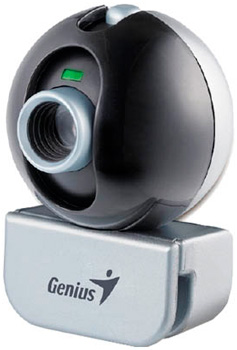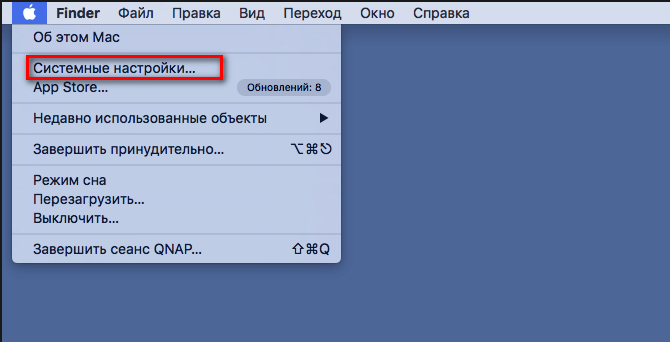Tips: For the latest mac OS 10.13 (High Sierra) system requirements, Mac users are not allowed to access to system disk from apps. If you want to recover data from the system disk, please disable the system feature of 'System Integrity Protection (SIP)' by following the guide on How to Disable System Integrity Protection (SIP) in macOS High. - Rhythm is just a.click. away! With Ouendan/EBA, Taiko and original gameplay modes, as well as a fully functional level editor. - Rhythm is just a.click. away! With Ouendan/EBA, Taiko and original gameplay modes, as well as a fully functional level editor. Dropped support for Mac OS 10.7, 10.8 and 10.9. Changes made from version 2.2.2 to 2.3.0: - Added support for MTP devices like the Monterra. Fixed bug where premium POIs where being deleted when custom POIs were removed from device. Fixed bug with importing GPX files. Added ability to create new folder while saving to computer.
The Mac Pro introduced in 2019 has eight PCIe slots:

- Four double-wide slots
- Three single-wide slots
- One half-length slot preconfigured with the Apple I/O card
Mac Pro includes one or two Radeon Pro MPX Modules that occupy slots 1-2 and slots 3-4. You can choose your MPX Modules when you order your Mac Pro or order them separately from Apple. Learn how to install PCI cards in your Mac Pro (2019).
Apple AMD Radeon MPX Modules
Apple currently has four different Mac Pro Expansion (MPX) Modules that contain AMD Radeon Pro graphics processing units (GPUs). Radeon Pro MPX Modules can use slots 1-2 and slots 3-4, and you can install one or two of each module:
- Radeon Pro 580X MPX Module: one module only
- Radeon Pro W5700X MPX Module: one or two modules
- Radeon Pro W5500X MPX Module: one or two modules
- Radeon Pro Vega II MPX Module: one or two modules
- Radeon Pro Vega II Duo MPX Module: one or two modules
You can use Radeon MPX Modules along with other third-party PCIe graphics cards. If you use Boot Camp, using a Radeon MPX Module and a third-party AMD graphics card isn't supported when your Mac is using Windows. Learn about using AMD graphics cards with Microsoft Windows on Mac Pro (2019).
Apple I/O card

Mac Pro comes with the Apple I/O card, which has two Thunderbolt 3 ports, two USB-A ports, and a 3.5mm headphone jack. The Apple I/O card comes preinstalled in slot 8 and can't be installed in another slot.
Third-party PCIe cards

You can install many different PCIe cards in your Mac Pro, such as fibre channel cards, fibre networking cards, and pro video and audio interface cards. The PCIe bus on your Mac Pro provides up to 300W auxillary power. If your PCIe card requires additional power, such as a GPU, use the Belkin Aux Power Cable.
Mac Pro supports the same GPUs that are supported by external graphics processors (eGPUs). If you use Boot Camp and want to install a NVIDIA card to use in Windows on your Mac, don't install the card in slot 2. Learn about using AMD graphics cards with Microsoft Windows on Mac Pro (2019).

Some older PCI cards might use 32-bit Option ROMs that aren't compatible with your Mac Pro. If you install a PCI card that uses 32-bit option ROMs, your Mac Pro might not start up correctly.
Afterburner
Afterburner is a hardware accelerator card made by Apple. Learn more about Afterburner.
RAID cards
If you want to add additional storage, you can install a third-party RAID card, such as a SAS RAID card, or you can install the Promise Pegasus R4i 32TB RAID MPX Module in one of the two MPX bays. If you use Boot Camp on your Mac, Windows doesn't support Apple software RAID volumes.
Mac Os Catalina
Learn more

